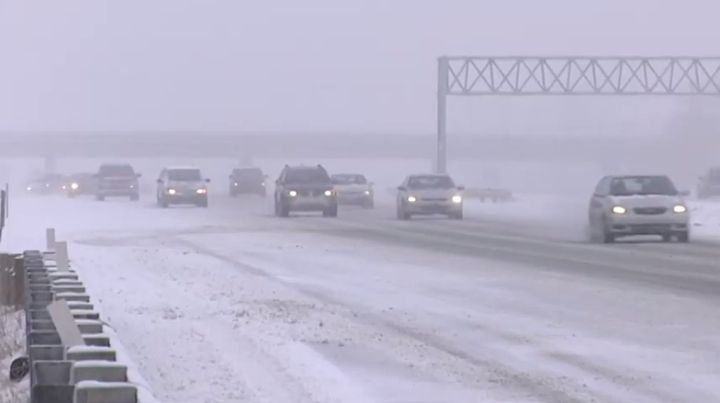Tips for Safer Winter Driving
Fleet drivers can follow these eight tips for increasing safety when driving in winter months.
Over 200,000 motor vehicle collisions a year occur in wintry conditions, and about 1,300 people are killed in car crashes on snowy or icy roads every year. Another 76,000 people are injured in traffic accidents during snowfall.
For commercial drivers, winter can sometimes pose dangerous and even deadly conditions. Now is a good time to remind your drivers of strategies to remain safe behind the wheel when faced with snow, sleet and frigid temperatures.
Experts recommend the following steps before hitting the road:
Gather Weather and Road Info
Information is your ally. Drivers should check the forecast as well as the roads on their route to have some idea as to what to expect. It’s always best to know if a storm is coming, so you can prepare in advance.
Check Your Tires
Double check to make sure your tires are in good shape. In snowy and icy conditions, good traction is your best friend. Make sure your tires have the appropriate tread depth and are inflated to proper pressure.
Remove Snow and Ice
A vehicle covered in snow is a hazard to the driver as well as other roadway users. Drivers should take the time to clear snow and ice off the windows, roof, lights and license plates, You’ll have better visibility and also prevent snow from blowing onto other vehicles which can pose a significant danger on the road.
Once on the road, drivers should do the following:
Slow Down
In adverse weather, the handling capabilities of any vehicle are greatly reduced. That’s why it is critical to slow down; now is the time to be prudent. The slower you go, the more time you have to react to dangerous skids or sudden whiteouts in a blizzard.
Increase Following Distance
in wintry weather conditions experts recommend two-times the normal following distance. Once again, this gives the driver more reaction time should something unexpected happen on a slick road.
Drive in the Tracks of Others
In snow, it can be helpful to drive in the tire tracks of the vehicle ahead. The path has already been cleared, and while still slick, it may be a bit less slippery than fresh snowfall.
Use Headlights
If there is precipitation of any kind — sleet, hail, or snow — drivers should turn on the headlights for increased visibility.
Avoid Distractions
Winter weather means it’s easy to slip and slide if you’re not intently focused on the road. Avoid cell phones, radios, navigation systems and eating, and you’ll be in a far better position to maintain control of your vehicle and stay safe.
Source: https://www.automotive-fleet.com
FLEET MANAGEMENT AUDIT
Fleet management is the use of a set of vehicles in order to provide services to a third-party, or to perform a task for our organization, in the most efficient and productive manner with a determined level of service and cost.
Fleet management activities are shown in the following graph 1:

Graph 1: fleet management activities
The proposal audit analyses and assesses all fleet management activities shown in the graph 1, and its main goals are:
- Know the overall status of the fleet management activities
- Provide the analysis, the assessment, the advice, the suggestions and the actions to take in order to cut costs and increase the efficiency and efficacy of the fleet management activities
With the information obtained, we’ll elaborate a report that holds the overall status of the fleet management as well as the suggestions, recommendations and the measures to take in order to cut costs and optimize the fleet management activities.
CLICK ON THE FOLLOWING LINK TO DOWNLOAD THE PROPOSED FLEET MANAGEMENT AUDIT:
Fleet Management Audit AFMC
Contact:
José Miguel Fernández Gómez
34 678254874
info@advancedfleetmanagementconsulting.com



